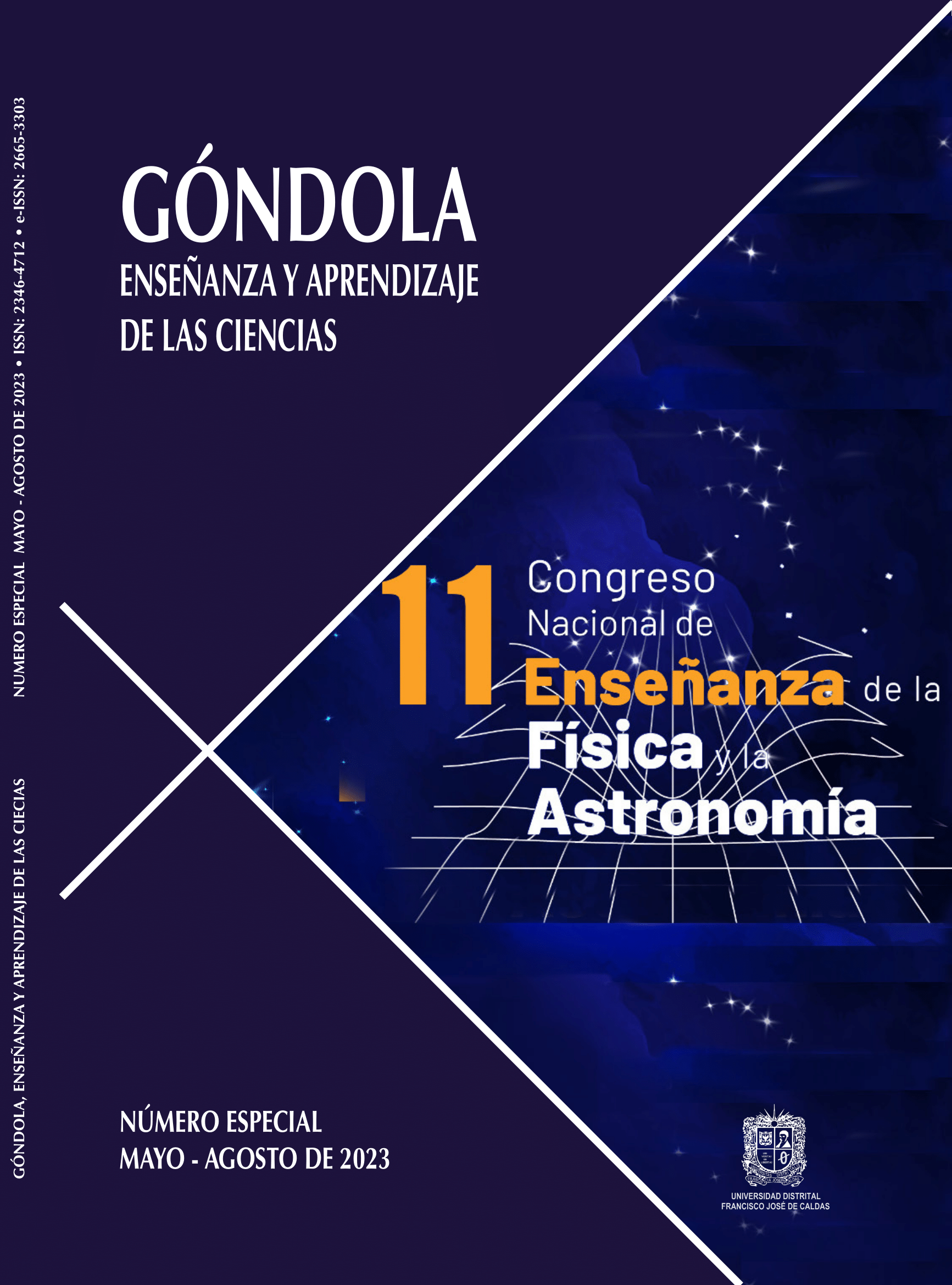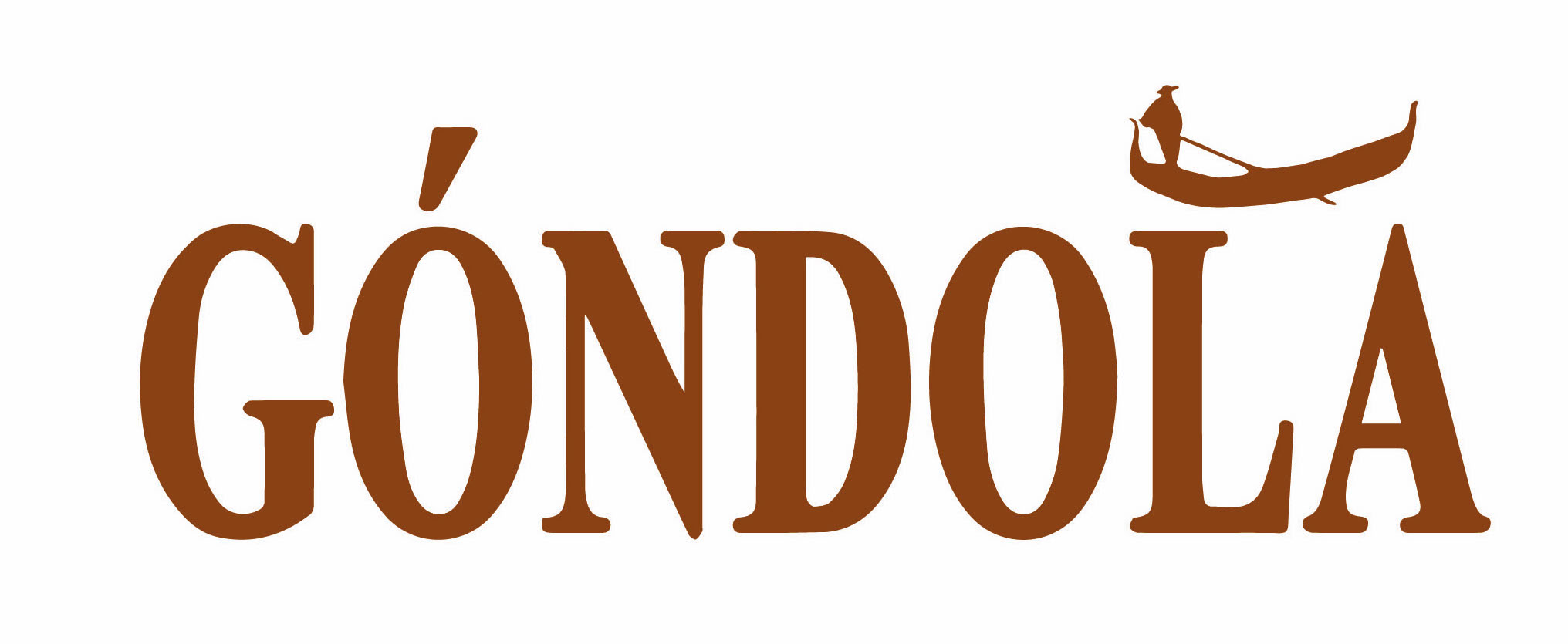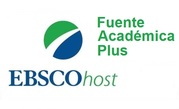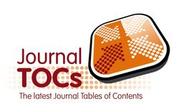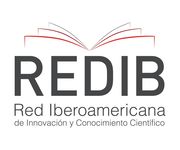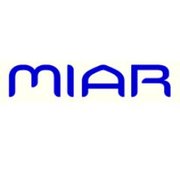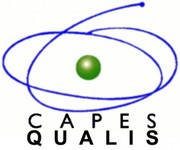DOI:
https://doi.org/10.14483/23464712.21394Published:
2023-10-10Desarrollo de un Kit Portable para la Enseñanza de la Física
Development of a Portable Kit for Physics Teaching
Desenvolvimento de um Kit Portavel para o Ensino de Física
Keywords:
Learning strategy, Programming environment, Information technology (en).Keywords:
Estrategia de aprendizaje, Entorno de programación, Tecnologías de la información (es).Keywords:
Estratégia de aprendizagem, Ambiente de programação, Tecnologia da informação (pt).Downloads
Abstract (es)
Mientras que en la física se identifican tres tipos de investigación (teórica, experimental y computacional), el proceso de enseñanza-aprendizaje de la física privilegia las bases teóricas de la misma. Frecuentemente, aunque no siempre, también se desarrollan prácticas experimentales. Dichas prácticas permiten a los estudiantes desarrollar habilidades integrales para interpretar fenómenos naturales y solucionar problemas de forma lógica y crítica. Con el fin de mejorar el acceso a las prácticas experimentales, nos proponemos a diseñar un kit portable orientado a la enseñanza de la física mecánica cuyos ejes centrales de estudio son: los movimientos rectilíneos uniforme y acelerado, la caída libre y el movimiento parabólico. El kit debe ser de fácil acceso y de bajo presupuesto en contraste con laboratorios experimentales especializados, debe tener en cuenta criterios de seguridad de acuerdo con el manual de normas en el laboratorio expedido por el Ministerio de Educación Nacional, mantenimiento, reproducibilidad, confiabilidad y portabilidad, y debe ser suficientemente flexible para poder usarlo en diferentes escenarios y niveles académicos. En este artículo reportamos nuestros avances en el diseño y fabricación del kit experimental, para el cual hemos usado técnicas de impresión 3D y el software de Arduino para almacenar los tiempos empleados en los movimientos. Aunque nuestro kit puede usarse de varias maneras, está pensado como un elemento de la estrategia REMSI (realidad, modelación, simulación), la cual replica los tipos de investigación en física en la enseñanza de la misma. Este kit está pensado para uso en cursos de educación media enfocado en estudiantes entre los 15 y los 18 años de edad.
Abstract (en)
While in physics three types of research are identified (theoretical, experimental and computational), the teaching-learning process of physics favors its theoretical bases. Frequently, but not always, experimental practices are also developed. These practices allow students to develop comprehensive skills to interpret natural phenomena and solve problems logically and critically. In order to improve access to experimental practices, we intend to design a portable kit aimed at teaching mechanical physics which are the central axes of study: uniform and accelerated rectilinear motion, free fall and parabolic motion. The kit must be easily accessible and low budget in contrast to specialized experimental laboratories, it must take into account safety criteria in accordance with the manual of standards in the laboratory issued by the Ministry of National Education, maintenance, reproducibility, reliability and portability, and it must be flexible enough to be used in different scenarios and academic levels. In this article we report our progress in the design and manufacture of the experimental kit, for which we have used 3D printing techniques and Arduino software for data collection. Although our kit can be used in various ways, it is intended as an element of the REMSI (reality, modeling, simulation) strategy, which replicates the types of physics research in teaching physics. This kit is intended for use in secondary education courses focused on students between 15 and 18 years of age.
Abstract (pt)
Em física, são identificados três tipos de pesquisa (teórica, experimental e computacional), no entanto, o processo de ensino-aprendizagem de física favorece suas bases teóricas. Com frequência, embora nem sempre, também são desenvolvidas práticas experimentais. Essas práticas permitem que os estudantes desenvolvam habilidades abrangentes para interpretar fenômenos naturais e resolver problemas de forma lógica e crítica. Com o objetivo de melhorar o acesso a práticas experimentais, pretendemos projetar um kit portátil voltado para o ensino de física mecânica, que são os eixos centrais de estudo: movimento retilíneo uniforme e acelerado, queda livre e movimento parabólico. O kit deve ser facilmente acessível e de baixo custo, em contraste com laboratórios experimentais especializados. Ele deve levar em consideração critérios de segurança de acordo com o manual de padrões no laboratório emitido pelo Ministério da Educação Nacional, além de manutenção, reprodutibilidade, confiabilidade e portabilidade. Além disso, deve ser suficientemente flexível para ser utilizado em diferentes cenários e níveis acadêmicos. Neste artigo, relatamos nosso progresso no projeto e fabricação do kit experimental, para o qual utilizamos técnicas de impressão 3D e o software Arduino para coleta de dados. Embora nosso kit possa ser utilizado de diversas maneiras, ele é destinado a ser parte da estratégia REMSI (realidade, modelagem, simulação), que replica os tipos de pesquisa em física no ensino de física. Este kit destina-se a ser utilizado em cursos de ensino médio voltados para estudantes entre 15 e 18 anos de idade.
References
Allie, S., Buffler, A., Campbell, B., & Lubben, F. (1998). First‐year physics students' perceptions of the quality of experimental measurements. International Journal of Science Education, 20(4), 447-459.
https://doi.org/10.1080/0950069980200405
Andaloro, G., Donzelli, V. & Sperandeo‐Mineo, R. M. (1991, julio). Modelling in physics teaching: the role of computer simulation. International Journal of Science Education, 13(3), 243-254. https://doi.org/10.1080/0950069910130303
https://doi.org/10.1080/0950069910130303
Bravo-Bohórquez, A., Castañeda-Rodriguez, L. J., Hernández-Yomayusa, H. I., & Hernández-Hernández, L. A. (2016). Enseñanza de las matemáticas en ingeniería: Modelación matemática y matemática contextual. Revista Educación en Ingeniería, 11(21), 27-31.
Chen, H. Y., Nieh, H. M. & Ko, S. W. (2022b, mayo). Acceleration Measurement Using Arduino and a Smartphone for the Motion of Objects on an Inclined Plane. The Physics Teacher, 60(5), 351-354. https://doi.org/10.1119/5.0038831
https://doi.org/10.1119/5.0038831
Cristobal Tembladera, C. M. & García Poma, H. A. (2013, 16 diciembre). La indagación científica para la enseñanza de las ciencias. Horizonte de la Ciencia, 3(5), 99. https://doi.org/10.26490/uncp.horizonteciencia.2013.5.81 desarrollo de RECURSOS VISUALES para mediar información. (s. f.).
https://doi.org/10.26490/uncp.horizonteciencia.2013.5.81
Gkioka, O. (2019, 1 agosto). Learning how to teach experiments in the school physics laboratory. Journal of Physics: Conference Series, 1286(1), 012016. https://doi.org/10.1088/1742-6596/1286/1/012016.
https://doi.org/10.1088/1742-6596/1286/1/012016
Holubova, R. (2019, September). The impact of experiments in physics lessons-"Why, when, how often?". In AIP Conference Proceedings (Vol. 2152, No. 1, p. 030007). AIP Publishing LLC.
https://doi.org/10.1063/1.5124751
Howard, D. & Meier, M. (2021, septiembre). Meeting Laboratory Course Learning Goals Remotely via Custom Home Experiment Kits. The Physics Teacher, 59(6), 404-409. https://doi.org/10.1119/5.0021600
https://doi.org/10.1119/5.0021600
McAlexander, A. (2003). Physics to go. The Physics Teacher, 41(4), 214-218.
https://doi.org/10.1119/1.1564502
Ministerio de Educación Nacional. (2006). Estándares Básicos de Competencias en Lenguaje, Matemáticas, Ciencias y Ciudadanas. Bogotá: Imprenta Nacional de Colombia.
Rodriguez, Aurea Deysi & González, Juan Jose. (2014). Estrategias de enseñanza en el laboratorio docente de Física para estudiantes de ingeniería. Latin American Politics & Society.
Ruby, G G (2006) An instructional design for online college physics laboratories, Capella University, http://www.gailruby.com/GAIL_RUBY_Dissertation _Final.pdf Accessed 23 May, 2007.
Smith, J. (2006). Effects of group size on student performance in the physics laboratory. Teaching Science, 52(4), 34-37.
Stern, C., Echeverría, C. & Porta, D. (2017). Teaching Physics through Experimental Projects. Procedia IUTAM, 20, 189-194. https://doi.org/10.1016/j.piutam.2017.03.026
https://doi.org/10.1016/j.piutam.2017.03.026
Suyatna, A. (2019, February). Future physics learning materials based on STEM education: Analysis of teachers and students perceptions. In Journal of Physics: Conference Series (Vol. 1155, No. 1, p. 012021). IOP Publishing.
https://doi.org/10.1088/1742-6596/1155/1/012021
Turner, J., & Parisi, A. (2008). A take-home physics experiment kit for on-campus and off-campus students. Teaching Science, 54(2), 20-23.
Vera, F., Ortiz, M., Villanueva, J. & Horta-Rangel, F. A. (2021, diciembre). 3D-Printed Labs: A Force Table and Simple Pulleys. The Physics Teacher, 59(9), 700-702. https://doi.org/10.1119/10.0007396
https://doi.org/10.1119/10.0007396
Weber, J. & Wilhelm, T. (2020, 20 abril). The benefit of computational modelling in physics teaching: a historical overview. European Journal of Physics, 41(3), 034003. https://doi.org/10.1088/1361-6404/ab7a7f
How to Cite
APA
ACM
ACS
ABNT
Chicago
Harvard
IEEE
MLA
Turabian
Vancouver
Download Citation
License
Copyright (c) 2023 Autor y Góndola. Enseñanza y Aprendizaje de las Ciencias

This work is licensed under a Creative Commons Attribution-NonCommercial-NoDerivatives 4.0 International License.
Gondola, Ens Aprend Cienc. is an open-access publication, free of charge for authors and readers. The publication, consultation or download of the contents of the magazine does not generate any cost for the authors or the readers, since the Francisco José de Caldas District University assumes the expenses related to edition, management and publication. The peer evaluators do not receive any economic retribution for their valuable contribution. The work of all the actors mentioned above is understood as a contribution to the strengthening and growth of the research community in the field of Science Education.
As of December 1, 2018 the contents of the journal are published under the terms of the Creative Commons License Attribution-Noncommercial- ShareAlike 4.0 International (CC-BY-NC-SA 4.0), under which others may distribute, remix, retouch, and create from the work in a non-commercial way, give credit and license their new creations under the same conditions.
The copyright holders are the authors and the journal Gondola, Ens Aprend Cienc. The holders retain all rights without restrictions, respecting the terms of the license in terms of consultation, downloading and distribution of the material.
When the work or any of its elements is in the public domain according to the applicable law in force, this situation will not be affected by the license.
Likewise, we encourage authors to deposit their contributions in other institutional and thematic repositories, with the certainty that culture and knowledge is a good of all and for all.

